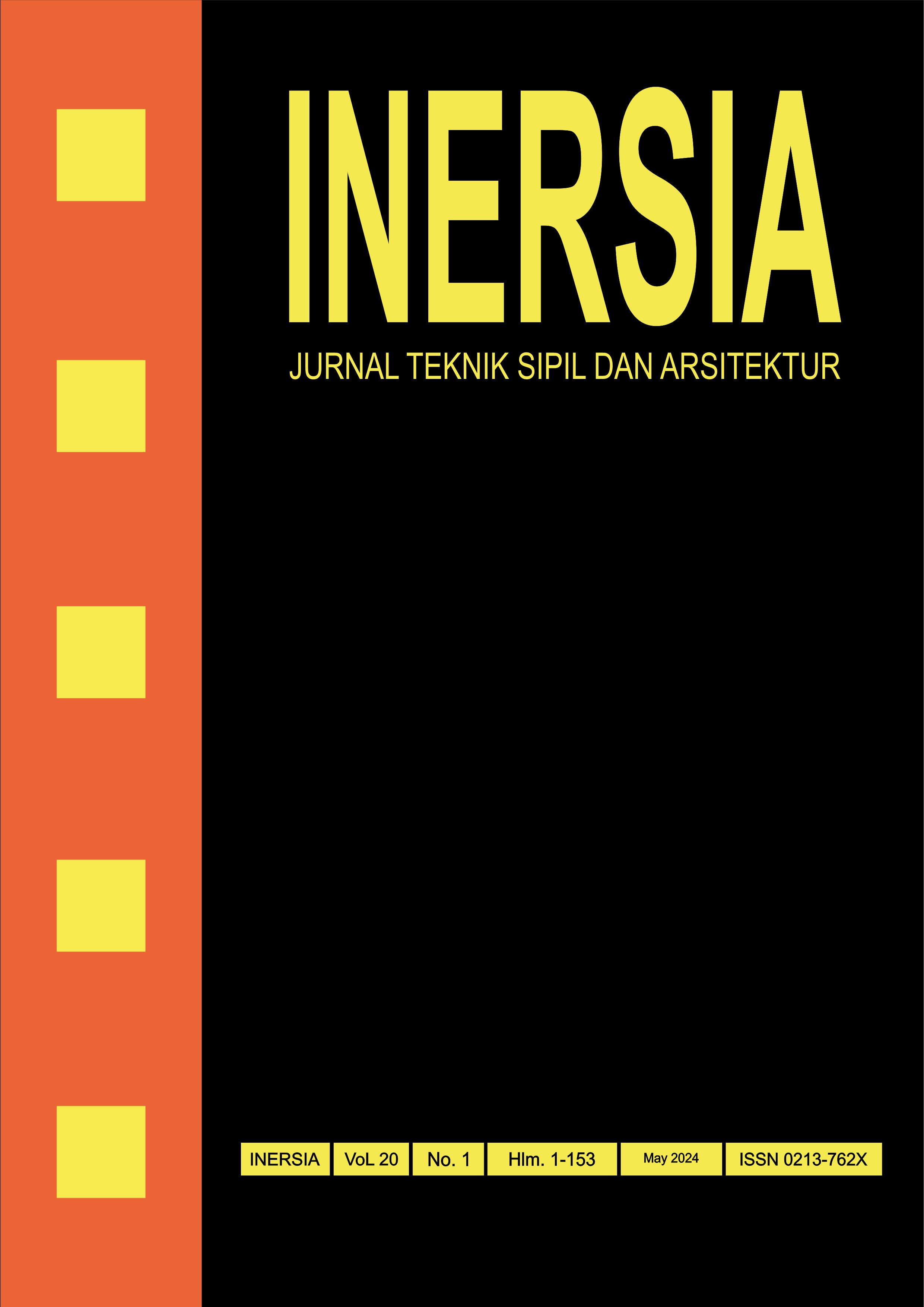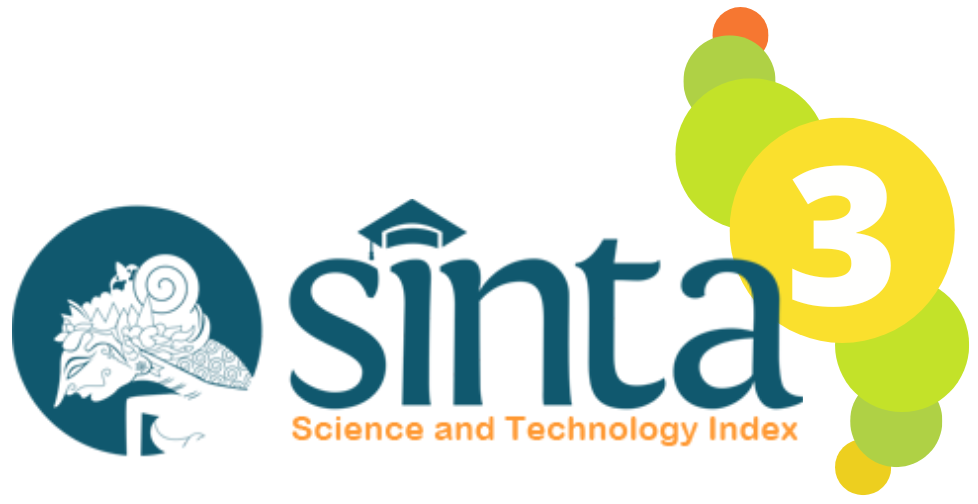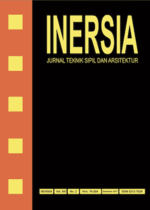Wayfinding Analysis for Evacuation Optimization with Urban Network Analysis in Disaster Preparedness School KB TK Masjid Syuhada
DOI:
https://doi.org/10.21831/inersia.v20i1.71833Keywords:
wayfinding, evacuation, disaster, urban network analysis, elementary schoolAbstract
The existence of evacuation routes is one of the most important elements in disaster management because it will determine the smoothness of the rescue process during a disaster. An evacuation route is a route to an assembly point or exit that is assumed to be a safe space. Wayfinding is the process of moving from one point to another within the closest or fastest distance. In relation to the evacuation process, wayfinding will show the movement from a point, which in relation to buildings can be a specific space, to an exit or assembly point. As one of the disaster preparedness schools in Yogyakarta's Special Region, Masjid Syuhada Kindergarten was chosen as the site of the research. It is a complex of schools ranging from playgroup, kindergarten, elementary school, to junior high school, all of which are connected by the Syuhada Mosque. The analysis of evacuation routes in the kindergarten was conducted using Urban Network Analysis (UNA). UNA is used as a method to determine the effectiveness of providing evacuation routes in a building area because it can analyze trips between points, called origin and destination. Of the various analyses that UNA can perform, this research uses the closest facility analysis. In this study, the origins were all the class in the kindergarten which placed at the door as the open access and in the middle of the class if the class have two doors; while the destinations were the stairs which heading to assembly point. The conclusion is reached after analyzing the network that connects the origin of the class to the destination of the stairs, which is connected to the assembly point.
References
Indonesian National Disaster Management Agency, "Indonesia Disaster Risk Index (IRBI) 2021," 2021. [Online]. Available: https://inarisk.bnpb.go.id/pdf/ BUKU%20IRBI%202021%20(PDF).pdf. [Accessed: May 18, 2024].
Provincial Government of Yogyakarta Special Region, "Prepare Disaster Preparedness Human Resources, 55 Schools in Yogyakarta Become SPAB," 2023. [Online]. Available: https://jogjaprov .go.id/berita/siapkan-sdm-siaga-bencana-55-sekolah-di-diy-jadi-spab. [Accessed: May 18, 2024].
K. Sylva, "School influences on children's development," Journal of Child Psychology and Psychiatry, vol. 35, no. 1, pp. 135-170, 1994. DOI: 10.1111/j.1469-7610.1994.tb01135.x
D. Osher et al., "School influences on child and youth development," in Defining Prevention Science, 2014, pp. 151-169. DOI: 10.1007/978-1-4899-7424-2_7
Global Alliance for Disaster Risk Reduction & Resilience in the Education Sector, "Comprehensive School Safety Framework 2022-2030 for Child Rights and Resilience in the Education Sector," 2022. [Online]. Available: https://inee.org/sites/default/ files/resources/The-Comprehensive-School-Safety-Framework-2022-2030-for-Child-Rights-and-Resilience-in-the-Education-Sector.pdf. [Accessed: May 18, 2024].
N. Anisah and S. Sumarni, "Model sekolah aman bencana dalam upaya mewujudkan pendidikan karakter di MIN 1 Bantul," LITERASI (Jurnal Ilmu Pendidikan), vol. 10, no. 1, pp. 9-20, 2019. DOI: 10.21927/literasi.2019.10(1).9-20
Direktorat Sekolah Menengah Atas, "Resiliensi Sekolah dalam Perspektif Sarana dan Prasarana," Direktorat Jenderal Pendidikan Anak Usia Dini, Pendidikan Dasar, dan Pendidikan Menengah. Kementerian Pendidikan, Kebudayaan, Riset, dan Teknologi, 2022. [Online]. Available: https://drive.google.com/file/d/1i70BlIXQ9eCDucEwsUNU33F20C5MRsWm/view?usp=drive_link. [Accessed: May 18, 2024].
Regulation of the Minister of Public Works and People's Housing of the Republic of Indonesia, "Number 14/Prt/M/2017 on Access Requirements for Building Facilities," 2017.
"What is Wayfinding," Wayfound Victoria. [Online]. Available: https://wayfoundvictoria.vic.gov.au/what-is-wayfinding/. [Accessed: March 3, 2024].
K. Lynch, The Image of the City. Cambridge: MIT Press, 1960. [Online]. Available: https://www.miguelangelmartinez.net/IMG/pdf/1960_Kevin_Lynch_The_Image_of_The_City_book.pdf. [Accessed: May 18, 2024].
G. Cheirchanteri, "Architectural Wayfinding Design as a Means of Communication in Environmental Perception," in IOP Conference Series: Materials Science and Engineering, vol. 1203, no. 3, 2021, Article no. 032003. DOI: 10.1088/1757-899X/1203/3/032003
S. M. Freundschuh, "Wayfinding and navigation behavior," 2001, pp. 16391-16394.
P. Symonds, D. H. Brown, and V. L. Iacono, "Exploring an absent presence: Wayfinding as an embodied sociocultural experience," Sociological Research Online, vol. 22, no. 1, pp. 48-67, 2017. DOI: 10.5153/sro.4185
C. Hí¶lscher, T. Tenbrink, and J. M. Wiener, "Would you follow your own route description? Cognitive strategies in urban route planning," Cognition, vol. 121, no. 2, pp. 228-247, 2011. DOI: 10.1016/j.cognition.2011.06.005
M. L. Tam, "An optimization model for wayfinding problems in terminal building," Journal of Air Transport Management, vol. 17, no. 2, pp. 74-79, 2011. DOI: 10.1016/j.jairtraman.2010.06.001
S. Haque, L. Kulik, and A. Klippel, "Algorithms for reliable navigation and wayfinding," in Spatial Cognition V Reasoning, Action, Interaction: International Conference Spatial Cognition 2006, Bremen, Germany, September 24-28, 2006, DOI: 10.1007/978-3-540-75666-8_18
Sevtsuk and M. Mekonnen, "Urban network analysis," Revue internationale de géomatique–n 287, pp. 305, 2012. [Online]. Available: https://www.sutd.edu.sg/cmsresource/idc/papers/2012_Urban_Network_Analysis_A%20New%20Toolbox_for_ArcGIS.pdf. [Accessed: May 18, 2024].
Sevtsuk, Urban network analysis for rhinoceros 3D: Tools for modeling pedestrian and bicycle trips in cities. City Form Lab, 2018.
"New UNA Tutorial Videos," City Form Lab, Massachusetts Institute of Technology. [Online]. Available: https://cityform.mit.edu/news/new-una-tutorial-videos. [Accessed: May 18, 2024].
Downloads
Published
How to Cite
Issue
Section
License
Authors who publish with INERSIA journal agree to the following terms:
- Authors retain copyright and grant the INERSIA journal right of first publication with the work simultaneously licensed under Creative Commons Attribution License (CC BY 4.0) that allows others to share the work with an acknowledgment of the work's authorship and initial publication in this journal.
- Authors can enter into separate, additional contractual arrangements for the non-exclusive distribution of the published version of the work (e.g., post it to an institutional repository or edit it in a book), with an acknowledgment of its initial publication in this journal.
- Authors are permitted and encouraged to post their work online (e.g., in institutional repositories or on their website) before and during the submission process, as it can lead to productive exchanges, as well as earlier and greater citation of published work.

INERSIA by https://journal.uny.ac.id/index.php/inersia was distributed under a Creative Commons Attribution 4.0 International License











